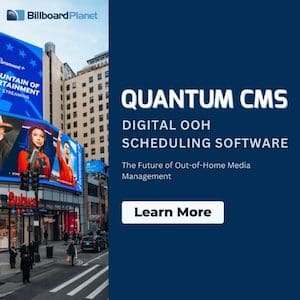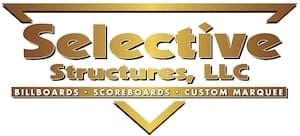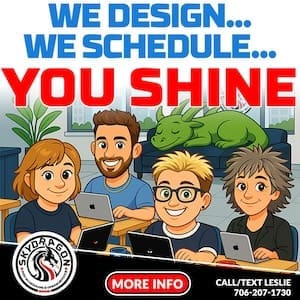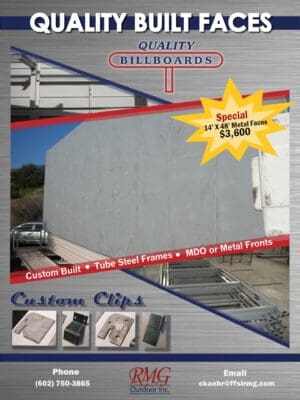
A Billboard Insider reader asks:
We installed a digital billboard. The traffic travels east and west in front of the digital billboard on a freeway. Two buildings were constructed along the freeway. The city required the building owners to plant a greenbelt of trees which will block our digital. Is there any law that you know of to prohibit the tree planting in front of billboards or digital signs? Do you know of any billboard companies that have gone through a similar problem?
I’ve been asked the same from clients several times over the years, usually in the context of the State or other governmental entity constructing sound walls or ramps, or planting trees or other vegetation, all of which obstruct the view of billboards legally permitted and existing along the thoroughfare. Like the reader, the clients justifiably feel aggrieved, and wonder if there is some sort of inverse condemnation action and remedy for the consequential “taking” of their billboard. Unfortunately, the cases across the County indicate such a claim probably would not be compensable, if there is a legitimate public purpose for the government structure of vegetation.
The most recent case directly on point is Regency Outdoor Advertising vs City of Los Angeles, where in preparation for the 2000 Democratic National Convention, the City of Los Angeles undertook a beatification program aimed at enhancing the appearance of Century Boulevard, a main thoroughfare to the Airport. As part of the project, the City planted mature palm trees along the road, all on property owned by the City. Regency Outdoor owned several billboards adjacent to Century Boulevard, which in turn were partially or totally obscured by the recently planted trees. Regency sued, contending that the loss of visibility occasioned to its signs by the City’s actions constituted a diminishment in their value and an unconstitutional taking of property, i.e., an “inverse condemnation.”
Regency lost at the trial and intermediate appellate courts, including orders to pay the attorneys and expert witness fees of the City. The California Supreme Court affirmed, holding that in an inverse condemnation action, before the question even turns to the amount of compensation due, the property owner must first clear the hurdle of establishing that the public entity has in fact taken or damaged his property. And, the Court went on to explain, cities have broad discretion to pass land use regulations and erect improvements, even if they cause restricted use, diminished value, or impose additional costs on the private property. More particularly, the Court concluded that owners of roadside property do not possess a “right to be seen” that requires the payment of compensation for municipal landscaping efforts which have no injurious effect on any property rights other than the claimed right to visibility.
Other courts in other states have reached the same conclusions in cases with similar facts, such as Moreton Rolleston vs Department of Transportation (Georgia 2000), In re Condemnation by Delaware River Port Authority (Pennsylvania 1995), Adams Outdoor vs North Carolina Department of Transportation (North Carolina 1993), Nagele Outdoor Advertising vs City of Curham (North Carolina 1992), and Outdoor Advertising Association of Tennessee, Inc. vs Shaw (Tennessee 1979). As the Texas Supreme Court stated in 1993 in the City of Austin vs Schmidt, “just as a landowner has no vested interest in the volume or route of passersby, he has no right to insist that this premises be visible to them.”
Now, don’t get me wrong, I’d never tell a client to just throw in the towel, especially when common sense and justice, if not technical legalese, compels relief under these types of circumstances. Indeed, if the billboard owner could establish that the purported governmental action was actually designed to eliminate the billboards, as opposed to legitimately exercising police powers, an inverse condemnation remedy may be available. Political action and legislative remedies may also be alternatives. I doubt, however, that the city would be liable under the facts in the reader’s question.
To receive a free morning newsletter with each day’s Billboard insider articles email info@billboardinsider.com with the word “Subscribe” in the title. Our newsletter is free and we don’t sell our subscriber list.
Paid Advertisement


















Checkout the good work the FOAA has accomplished in the state of Florida regarding beautification/vegetation projects on state ROW’s within proximity of a legally permitted billboard.